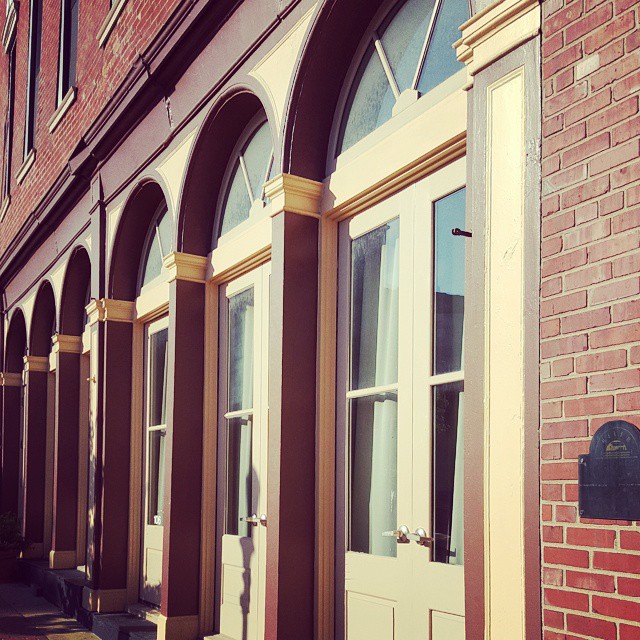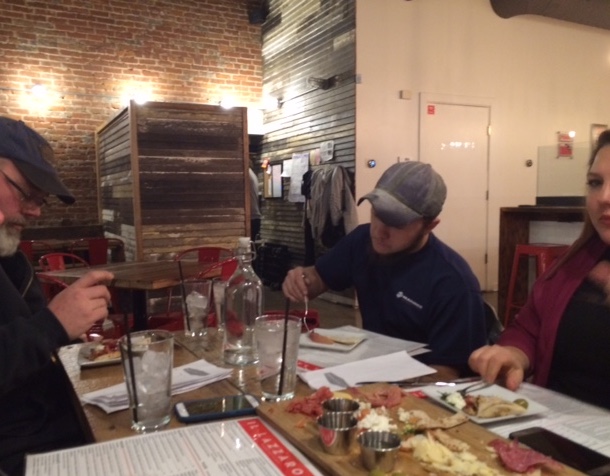Building Control Solutions (BCS) has been able to maintain low on-the job injury rates through standardized training, established best practices, employee buy-in and an oversight and accountability system.
The Safety Compliance Problem
Face it; getting employees to wear safety head and eyewear and comply with a range of other safety measures can be challenging. New employees accustomed to lax safety regulations and enforcement can be particularly reluctant to comply with safety measures. However, non-compliance can result in serious injuries or death and huge financial consequences for employers. Falls, slips, and trips coupled with contact with objects and equipment are leading risk factors for the HVAC industry. The Bureau of Labor Statistics reported a staggering 611 work-related injury deaths within the construction trade in 2014.
BCS is aware of the safety risks inherent in the industry and has made safety a priority since opening its doors in 2001. Since its inception, BCS has had consistent low on-the job injury rates, averaging less than one per year, and has had no fatalities.
We’ve worked hard to create an environment that minimizes the risks for injuries and we’d like to share how we’ve done it.
Preventative Safety Solutions
Part of our recipe for success includes standardized screening, training and established best practices.
Since individuals are at an increased risk for injury when they show up to work under the influence of drugs or alcohol, BCS requires a drug test for all potential hires. We also check the references of all potential hires.
In addition to screening for substances that could increase safety risks, BCS provides written safety materials, personal protective equipment, and a safety orientation for new hires. Following training, new employees must review and sign BCS safety guidelines and agree to periodic drug screenings.
Our goal is not only to prevent injuries but also to encourage employees to report any injuries. Safety posters around the office remind employees to report any injuries.
As part of our ongoing safety training program, we utilize Federated Insurance’s 7-minute safety presentations and handouts. We verify learning is taking place by administering safety quizzes following the presentations. Through Federated’s mobile application, we’re able to provide employee training on more than 350 topics. Some of the topics we’ve covered include:
- Safe vehicle operation
- Back injury prevention
- Eye safety
- Hazard communications
- Slip and fall prevention
There are some sacrifices we’re willing to make to create a safe working environment and we ask our employees to make some sacrifices too. During training, we admit to our employees that some safety regulations will make their jobs less comfortable and will make them less productive. By admitting these things, our employees feel more confident in putting safety first and less pressure to sacrifice safety for productivity.
In addition to BCS-led safety training, we cover the cost for all field employees to complete OSHA training. All BCS field employees have their OSHA 10-Hour Construction Safety Certificate and many have completed OSHA training beyond our 10-hour minimum.
Employee Buy-in
Employer-led safety training and materials are useful but to truly create a safe working environment, you need employee buy-in and ownership. During safety trainings, we ask employees for their ideas and recommendations and follow through with many of them. We know that employees have preferences when it comes to eyewear, headgear, etc. Asking for input gives employees a sense of control and makes them feel that they are making a difference in their lives and the lives of their coworkers.
Another way we encourage employee buy-in is by how we handle complaints about workplace safety or health hazards. We listen without judgment and never retaliate. Sure, sometimes employee complains or recommendations mean we may have to sacrifice some productivity or spend money on personal protective equipment in order to implement additional security measures. However, we keep safety as the priority and know that safe employees on the job are far more productive than injured employees who can’t work.
Oversight and Accountability System
While employee buy-in to company safety policies is the most important predictor of a safe working environment, oversight and accountability are required to ensure consistent safety compliance. Our project foremen and project manager work together to evaluate on site safety procedures and they provide feedback to employees to ensure compliance.
Future Plans
To build on our safety success, BCS plans to give opportunities to foremen to lead safety training. In addition, we are strengthening efforts to ensure all subs conform to BCS safety guidelines.



